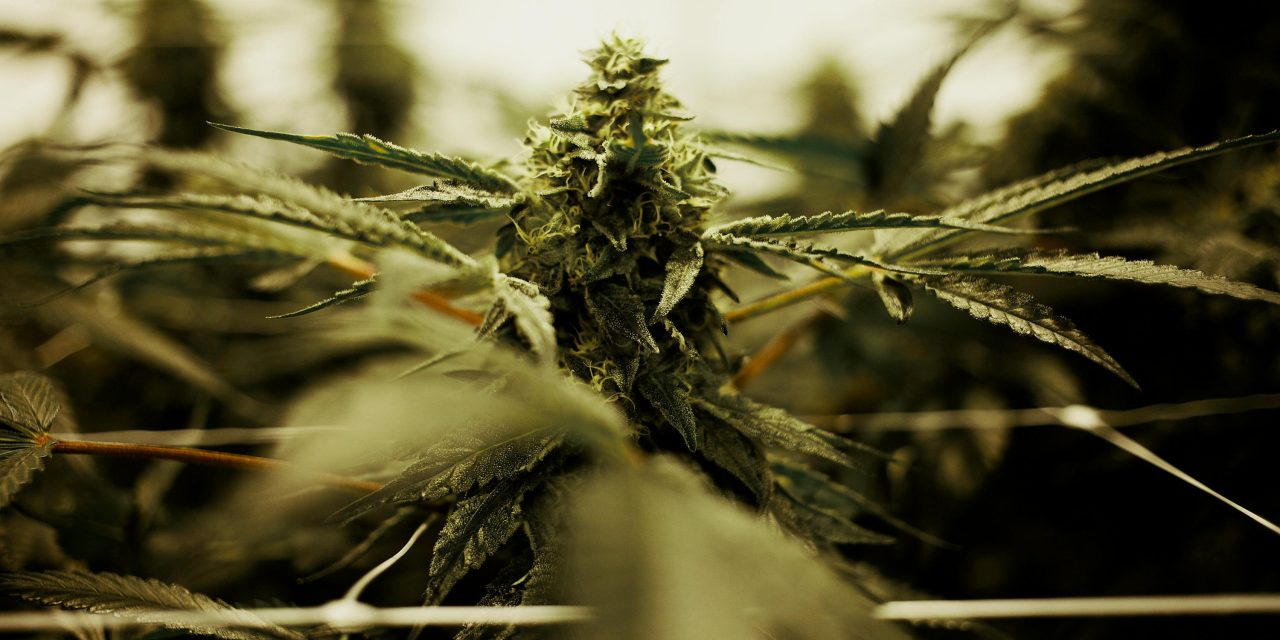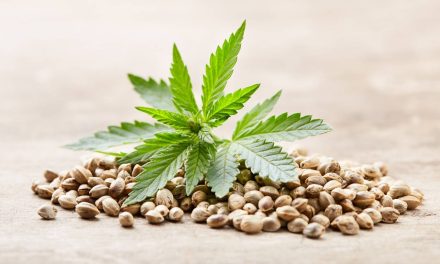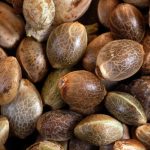Growing cannabis can be a rewarding and fulfilling experience, but one of the first decisions you’ll need to make is whether to grow your plants indoors or outdoors. Each method has its own set of advantages and challenges, and the best choice for you will depend on your specific needs, resources, and goals. In this guide, we’ll explore the key differences between indoor and outdoor cannabis growing to help you make an informed decision.
Indoor Growing: Control and Consistency
Indoor cannabis growing involves cultivating plants in a controlled environment, such as a grow tent, room, or greenhouse. This method offers several benefits:
- Environmental Control:
- Temperature and Humidity: Indoor growers can precisely control the temperature and humidity levels, creating an optimal environment for cannabis plants to thrive.
- Light Cycles: Grow lights allow for consistent and adjustable light cycles, ensuring plants receive the right amount of light for each growth stage.
- Year-Round Growing:
- Continuous Harvests: Indoor growing allows for multiple harvests throughout the year, as plants are not dependent on seasonal changes.
- Flexibility: Growers can start new plants at any time, providing a continuous supply of cannabis.
- Pest and Disease Management:
- Reduced Risk: Indoor environments are less susceptible to pests and diseases compared to outdoor gardens.
- Controlled Access: Growers can implement strict hygiene practices and control access to the grow area to minimize contamination.
- Privacy and Security:
- Discreet Growing: Indoor growing offers a higher level of privacy, as plants are not visible to neighbors or passersby.
- Security Measures: Growers can implement security measures, such as locks and surveillance, to protect their plants.
However, indoor growing also comes with its challenges:
- Initial Setup Costs: Setting up an indoor grow space can be expensive, requiring investments in grow lights, ventilation systems, and other equipment.
- Energy Consumption: Indoor growing consumes more energy due to the use of grow lights, fans, and climate control systems.
- Space Limitations: Indoor growers may be limited by the available space, which can restrict the number of plants they can cultivate.

Indoor Cannabis Grow Room
Outdoor Growing: Natural and Cost-Effective
Outdoor cannabis growing involves cultivating plants in natural sunlight, typically in a garden or field. This method offers several advantages:
- Cost-Effective:
- Lower Setup Costs: Outdoor growing requires fewer initial investments, as natural sunlight and rain provide essential resources.
- Reduced Energy Costs: Without the need for grow lights and climate control systems, outdoor growing is more energy-efficient.
- Natural Growth:
- Sunlight: Cannabis plants benefit from the full spectrum of natural sunlight, which can enhance growth and potency.
- Soil Quality: Outdoor growers can take advantage of natural soil, which may contain beneficial microorganisms and nutrients.
- Larger Yields:
- Plant Size: Outdoor plants can grow larger and produce higher yields compared to indoor plants, as they are not restricted by space.
- Seasonal Harvests: Outdoor growers can achieve substantial harvests during the growing season, typically from spring to fall.
- Sustainability:
- Eco-Friendly: Outdoor growing has a lower environmental impact, as it relies on natural resources and reduces energy consumption.
- Biodiversity: Outdoor gardens can support biodiversity, attracting beneficial insects and promoting a healthy ecosystem.
However, outdoor growing also presents its own set of challenges:
- Environmental Factors: Outdoor plants are exposed to unpredictable weather conditions, such as extreme temperatures, heavy rain, and strong winds.
- Pests and Diseases: Outdoor gardens are more susceptible to pests, mold, and diseases, requiring vigilant monitoring and management.
- Seasonal Limitations: Outdoor growing is dependent on the growing season, limiting the number of harvests per year.
- Privacy and Security: Outdoor plants are more visible and may be at risk of theft or vandalism.

Outdoor Cannabis Plants
Making the Right Choice
When deciding between indoor and outdoor cannabis growing, consider the following factors:
- Location:
- Climate: Assess your local climate and weather conditions. If you live in an area with a short growing season or extreme weather, indoor growing may be more suitable.
- Space: Evaluate the available space for growing. If you have limited indoor space, outdoor growing may be a better option.
- Budget:
- Initial Investment: Consider your budget for setting up a grow space. Indoor growing requires a higher initial investment, while outdoor growing is more cost-effective.
- Ongoing Costs: Factor in the ongoing costs of energy, water, and nutrients. Indoor growing typically has higher ongoing costs due to energy consumption.
- Experience Level:
- Beginner-Friendly: If you’re new to cannabis growing, outdoor growing may be more forgiving and less complex. Indoor growing requires more knowledge and attention to detail.
- Advanced Techniques: Experienced growers may prefer indoor growing for the ability to experiment with advanced techniques, such as hydroponics and controlled breeding.
- Goals:
- Yield and Quality: Determine your goals for yield and quality. Indoor growing offers more control over the growing environment, potentially resulting in higher-quality buds. Outdoor growing can produce larger yields but may be more variable in quality.
- Sustainability: Consider your environmental impact. Outdoor growing is more sustainable and eco-friendly, while indoor growing consumes more energy.
Conclusion
Both indoor and outdoor cannabis growing have their unique advantages and challenges. The best choice for you will depend on your specific needs, resources, and goals. By carefully considering factors such as location, budget, experience level, and goals, you can make an informed decision that suits your growing style.
Whether you choose to grow indoors or outdoors, the key to success is understanding the needs of your plants and providing them with the best possible care. Happy growing!














